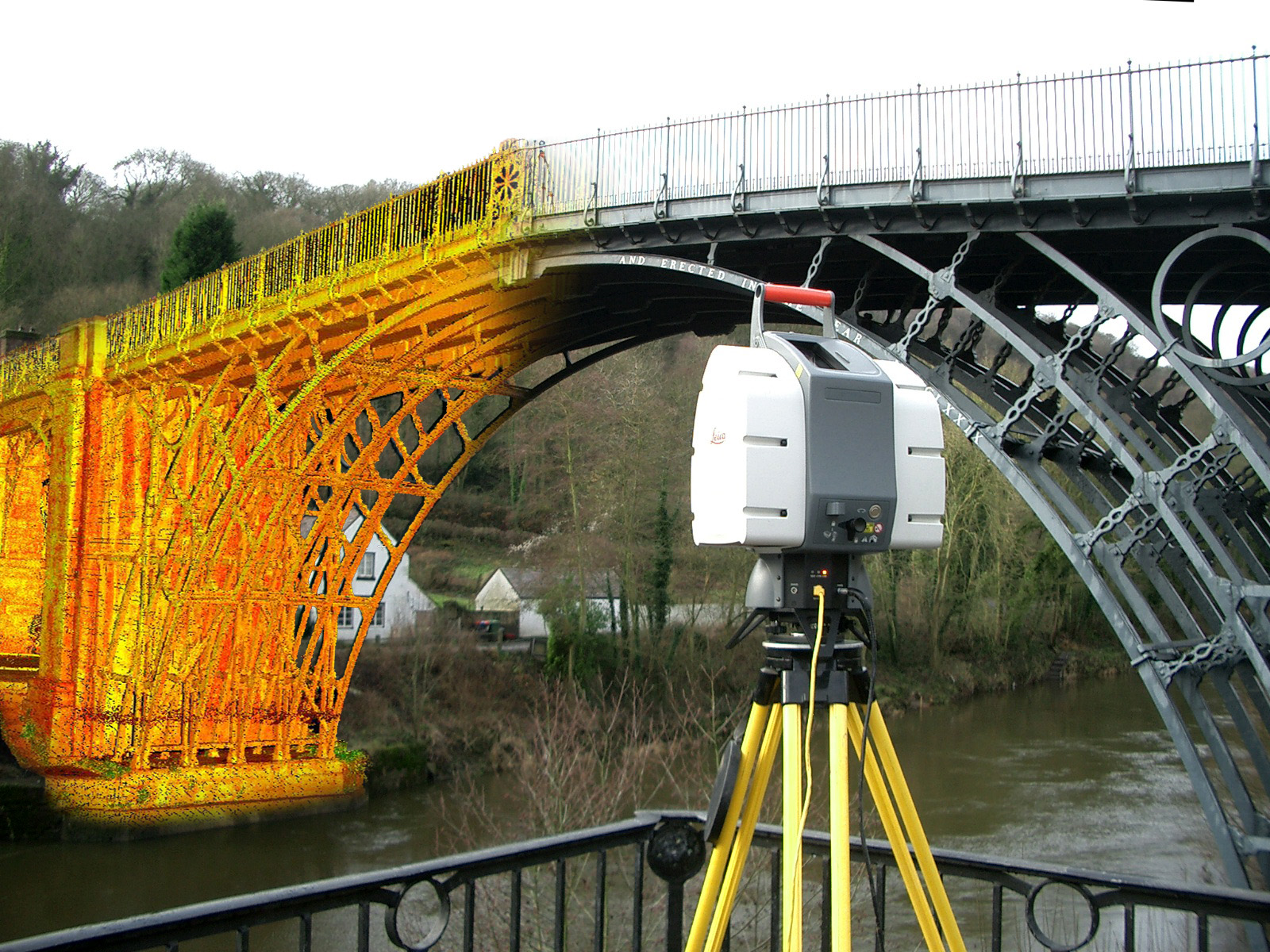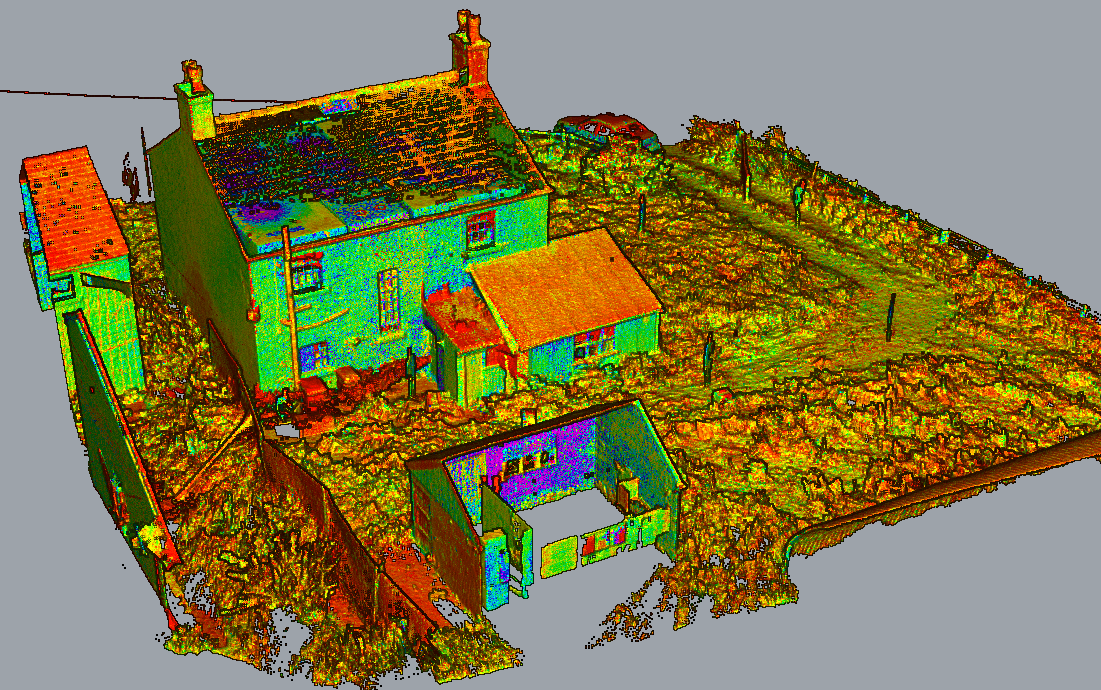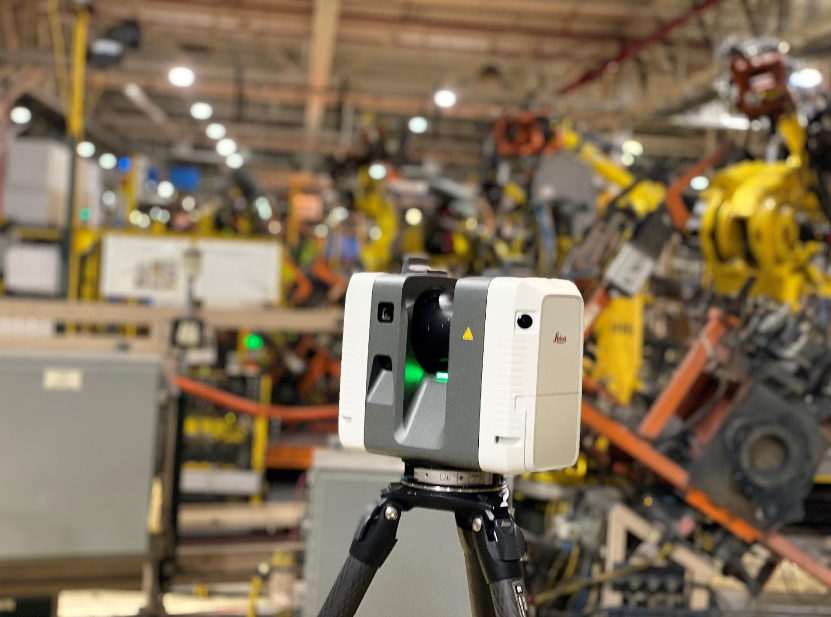The Essential Guide for Using 3D Scanning in Design Development
Wiki Article
Enhancing Production Processes: The Impact of 3D Laser Scanning on Top Quality Control
3D laser scanning innovation is transforming top quality control in production. By supplying accurate measurements and high-resolution information, it enables producers to recognize inconsistencies from specs effortlessly. This development not only enhances inspection procedures yet likewise enhances operational efficiency. 3D Scanning. Nevertheless, the application of this technology includes its very own set of difficulties. Checking out these facets reveals the wider ramifications for industries and the future landscape of manufacturing
Comprehending 3D Laser Scanning Modern Technology
3D laser scanning modern technology has actually developed substantially in current years, its essential concept remains uncomplicated: capturing the exact geometry of items making use of laser beams. This technology employs laser light to gauge ranges between the scanner and numerous factors on an item's surface. The data collected is then processed to develop a detailed 3D model, accurately mirroring the dimensions and contours of the checked item.Typically, 3D laser scanners can be categorized into two main kinds: call and non-contact scanners. Call scanners physically touch the object to gather measurements, whereas non-contact scanners make use of laser light beams to catch information from a distance. The convenience of this innovation allows its application throughout numerous industries, including building and construction, architecture, and manufacturing. Its capacity to generate high-resolution designs assists in top quality control, reverse design, and fast prototyping, inevitably boosting layout precision and effectiveness in manufacturing procedures.
Advantages of 3D Laser Scanning in Manufacturing
As manufacturers look for to boost efficiency and precision in their processes, the benefits of 3D laser scanning have become progressively evident. This cutting-edge modern technology permits fast and highly precise measurements of complex geometries, considerably lowering the time required for high quality checks. By recording detailed data, producers can determine disparities early in the production procedure, consequently lessening waste and remodel expenses.3D laser scanning promotes much better layout validation, enabling engineers to compare as-built problems with original specifications. This ability assures that any variances are immediately addressed, enhancing total item high quality. Furthermore, the modern technology sustains the production of digital twins, which can be utilized for simulations and process optimizations. Consequently, suppliers not only enhance their operational effectiveness but likewise enhance their affordable benefit out there. Overall, the combination of 3D laser scanning represents a transformative step towards accomplishing greater criteria in producing high quality control.
Combination of 3D Laser Scanning Into Quality Control
Incorporating 3D laser scanning right into top quality control procedures enhances the precision and performance of assessments throughout manufacturing. This innovation enables makers to record in-depth, high-resolution data of elements and settings up, permitting exact dimensions and contrasts versus design specifications. By utilizing 3D laser scanning, organizations can recognize deviations from tolerances a lot more effectively, which is important for preserving item integrity.
Real-World Applications and Instance Research Studies
Real-world applications of 3D laser scanning in making demonstrate its transformative impact across various industries. For example, aerospace companies use this technology to conduct precise evaluations of elements, ensuring they meet rigid safety and security criteria. A noteworthy case included a leading aircraft maker that used 3D laser scanning to improve its quality assurance processes, considerably minimizing inspection times and errors.In the automotive field, producers have executed laser scanning to produce electronic doubles of their lorries, enabling real-time adjustments during manufacturing. One automotive company reported a 30% decrease in rework prices after integrating this technology into their production line.
Furthermore, in the durable goods sector, business are using 3D laser scanning for rapid prototyping, permitting quicker models and enhanced product styles. These applications illustrate just how 3D laser scanning not just enhances accuracy however also enhances effectiveness and technology across multiple manufacturing domains.
Getting Over Difficulties in Application
Implementing 3D laser scanning in producing presents several difficulties that companies need to browse to fully recognize its benefits. One substantial difficulty is the first expense of tools and software application, which can deter business from embracing this innovation. Additionally, incorporating 3D laser scanning into existing process calls for conquering resistance to alter amongst staff members, necessitating detailed training programs to assure effectiveness. Data monitoring additionally poses a challenge, as the high volume of info generated by 3D scanning need to be efficiently refined and analyzed to acquire actionable insights. Furthermore, compatibility issues with heritage systems may impede seamless combination, requiring prospective upgrades or adjustments. Addressing these difficulties is crucial for makers intending to improve quality assurance and optimize manufacturing procedures. By creating clear methods for training, investment, and data administration, business can mitigate these challenges and release the transformative possibility of 3D laser scanning in their operations.Future Fads in 3D Laser Scanning for Manufacturing
As producing remains to develop, the assimilation of 3D laser scanning with enhanced automation is expected to change production procedures. Improved data analytics will certainly play an essential duty in boosting and optimizing workflows quality assurance. These trends highlight the possibility for higher efficiency and precision in making settings.
Raised Automation Combination
The combination of automation in production has been progressive, the future of 3D laser scanning is poised to increase this fad considerably. As producing processes become increasingly complex, the demand for specific, real-time measurements grows. 3D laser scanning innovation uses automated data capture, minimizing labor prices and reducing human error. This integration allows manufacturers to improve quality assurance procedures, enabling fast detection of my sources inconsistencies in production. Additionally, the positioning of 3D laser scanning with robotics and automated systems helps with smooth operations, boosting overall performance. As suppliers embrace these advanced technologies, they can anticipate better precision and efficiency, positioning themselves competitively in a rapidly progressing market. The synergy in between automation and 3D laser scanning notes a considerable jump forward in making innovation.Improved Information Analytics
The combination of automation has led the way for advancements in data analytics within the domain name of 3D laser scanning. Makers are progressively leveraging sophisticated algorithms and machine discovering techniques to analyze substantial datasets created by laser scans. This enhanced information analytics ability permits real-time surveillance of making procedures, allowing the recognition of defects and inconsistencies better than standard methods. Anticipating analytics can anticipate prospective concerns, significantly decreasing downtime and enhancing general efficiency. Furthermore, the capability to picture data in three measurements provides deeper understandings right into production additional info process, cultivating better decision-making. As 3D laser scanning modern technology remains to evolve, the role of information analytics will certainly become significantly important in driving advancement and keeping competitive benefit in manufacturing.Often Asked Concerns
What Industries Benefit the Most From 3D Laser Scanning?
The industries that profit most from 3D laser scanning include production, building and construction, aerospace, automotive, and medical care. These fields make use of the innovation for precision dimensions, high quality guarantee, and effective layout procedures, considerably enhancing general functional effectiveness.Just How Does 3D Laser Scanning Compare to Standard Measurement Approaches?
3D laser scanning offers higher precision and speed compared to typical click to read more measurement techniques. It catches in-depth geometries promptly, lowering human mistake and helping with better analysis, which eventually improves total quality assurance in different industries.What Is the Price of Applying 3D Laser Scanning Innovation?
The price of applying 3D laser scanning modern technology differs significantly, commonly varying from $10,000 to $100,000, depending upon devices, training, and software. Organizations has to evaluate these costs against prospective performance and quality renovations.Are There Particular Software Application Requirements for 3D Laser Scanning?
Yes, 3D laser scanning needs specific software, consisting of information processing and modeling applications. Typical selections incorporate CAD software, factor cloud handling tools, and specialized applications that assist in the combination and analysis of checked data for perfect outcomes.How much time Does a Typical 3D Laser Scanning Process Take?
A normal 3D laser scanning process can take anywhere from a couple of minutes to a number of hours, relying on elements like the size of the item, intricacy of the atmosphere, and required degree of detail for precision.3D laser scanning innovation is transforming high quality control in production. 3D laser scanning innovation has progressed considerably in recent years, its essential concept stays simple: capturing the precise geometry of things using laser beam of lights. Integrating 3D laser scanning into high quality control processes enhances the accuracy and performance of inspections throughout manufacturing (3D Scanning). 3D laser scanning innovation provides automated information capture, decreasing labor expenses and lessening human mistake. The price of executing 3D laser scanning technology varies significantly, generally ranging from $10,000 to $100,000, depending on software, training, and tools
Report this wiki page